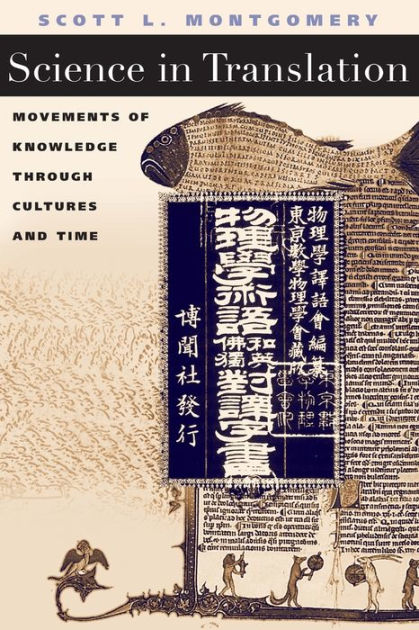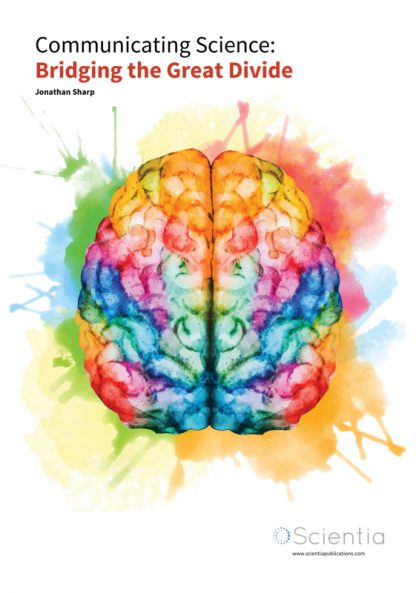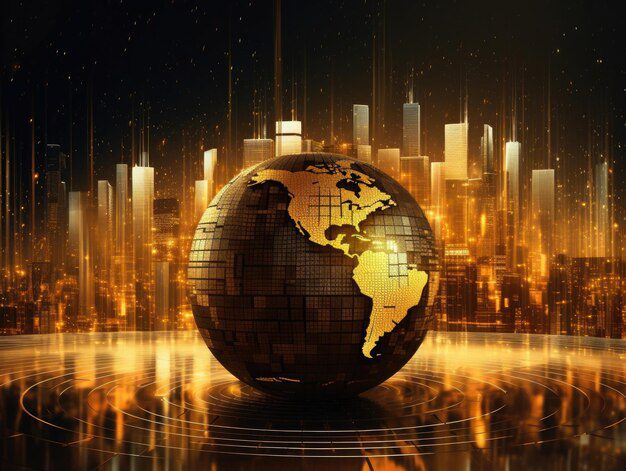Introduction
In our interconnected world, where communication Translation knows no boundaries, translation plays a pivotal role in breaking down language barriers and fostering meaningful connections. From literature and business to diplomacy and technology, the art of translation is an indispensable tool that enables ideas to transcend linguistic borders. This blog will delve into the multifaceted world of translation, exploring its historical roots, the challenges it faces today, and the evolving role it plays in our increasingly globalized society.
The Historical Tapestry of Translation
The roots of translation can be traced back to ancient civilizations, where the need to communicate across linguistic divides led to the development of early translation practices. The famed Library of Alexandria, for instance, was a melting pot of diverse cultures and languages, serving as a hub for translation efforts that aimed to consolidate knowledge from different corners of the ancient world.
As societies evolved, so did the techniques and purposes of translation. Religious texts, philosophical treatises, and scientific manuscripts were among the earliest works to be translated as civilizations sought to share their intellectual wealth with others. The Silk Road, connecting East and West, facilitated not only the exchange of goods but also the cross-cultural dissemination of ideas through translation.
Challenges in Translation
While the essence of translation remains constant, the challenges it faces have evolved over time. One of the perennial challenges is capturing the nuance and cultural context of a text. Languages are not mere code systems; they are deeply intertwined with the cultural fabric of a society. A skilled translator must navigate the cultural subtleties embedded in language to convey the true meaning of a text.
Another challenge is the dynamic nature of language. Idiomatic expressions, slang, and rapidly evolving vocabulary pose hurdles for translators trying to render an authentic and up-to-date version of a text. This challenge is particularly pronounced in the translation of contemporary literature, where the language reflects the zeitgeist of a specific moment in time.
The advent of technology has brought both opportunities and challenges to the field of translation. While machine translation tools have made basic translation more accessible, they often struggle with the nuances of human language. The artistry of translation, with its emphasis on context, emotion, and cultural sensitivity, remains a distinctly human endeavor.
The Human Touch in Translation

Despite advances in machine translation, the human touch in translation remains irreplaceable. Machines lack the ability to understand the cultural connotations, historical references, and emotional nuances embedded in language. Translators serve as cultural mediators, interpreting not just words but the underlying meaning, intent, and emotion of a text.
Literary translation, in particular, relies heavily on the translator’s creativity and intuition. A well-translated literary work captures the author’s style, tone, and literary devices, providing readers with an experience that mirrors the original as closely as possible. The translator becomes an artist, preserving the soul of the text while adapting it to a new linguistic and cultural context.
Translation and Global Business
In the realm of business, accurate and culturally sensitive translation is crucial for successful global communication. Companies operating in multiple countries must navigate diverse linguistic landscapes, ensuring that their marketing messages, product information, and legal documents are effectively communicated to a global audience.
Misinterpretations in business communication can have significant consequences, ranging from legal disputes to damage to a brand’s reputation. A mistranslation in a product manual, for example, could lead to improper use and potential safety hazards. In the business world, precision in translation is not just a matter of linguistic accuracy but a critical component of risk management and cross-cultural communication.
Diplomacy and International Relations
In diplomacy, translation is a cornerstone of effective communication between nations. International agreements, treaties, and diplomatic exchanges rely on accurate translation to avoid misunderstandings that could have far-reaching implications. The choice of words and the nuances of diplomatic language require skilled translators who understand the geopolitical context in which they work.
Moreover, diplomatic translation goes beyond formal documents. Interpreters play a crucial role in facilitating communication between leaders at international summits, ensuring that discussions flow smoothly and that the subtleties of language are accurately conveyed. In these high-stakes situations, the consequences of miscommunication could impact global peace and security.
Technological Advancements and Translation Tools
Recent years have witnessed a surge in technological advancements that have transformed the landscape of translation. Machine translation tools, powered by artificial intelligence, have made significant strides in providing quick and accessible translations for everyday use. Platforms like Google Translate, DeepL, and Microsoft Translator have become household names, enabling users to translate text on the fly.
While these tools are valuable for basic communication, they come with limitations. The nuances of language, cultural context, and the intricacies of certain domains (such as legal or medical translation) often elude machine translation. Human translators, with their contextual understanding and cultural sensitivity, remain indispensable for tasks that require a higher level of accuracy and finesse.
The Future of Translation: Challenges and Opportunities

As we look to the future, the field of translation faces both challenges and opportunities. The digital age has brought about an unprecedented level of interconnectedness, making the need for translation more pronounced than ever. However, this interconnectedness also means that the volume of content requiring translation has skyrocketed, placing pressure on the industry to keep pace.
One challenge on the horizon is the ethical use of machine translation. As these tools become more sophisticated, questions arise about the responsible integration of technology in translation workflows. Striking a balance between efficiency and accuracy, while upholding the integrity of language and culture, will be a key consideration for the industry.
On the flip side, the digital age has also opened up new opportunities for collaboration and innovation in translation. Crowdsourced translation platforms, where a community of translators collectively works on projects, have emerged, allowing for a diverse range of linguistic expertise and cultural insights. This democratization of translation has the potential to amplify the reach and impact of translated content.
Conclusion
Translation, in its myriad forms, is the bridge that connects diverse cultures, facilitates global communication, and allows ideas to traverse linguistic boundaries. From the ancient scribes of Alexandria to the modern-day translators working on the frontiers of technology, the art and science of translation have evolved to meet the ever-expanding needs of a connected world.
While technology continues to shape the landscape of translation, the human touch remains indispensable. As we navigate the challenges and opportunities of the future, it is the skilled translators, with their deep understanding of language, culture, and context, who will continue to play a pivotal role in shaping a world where communication knows no bounds.

